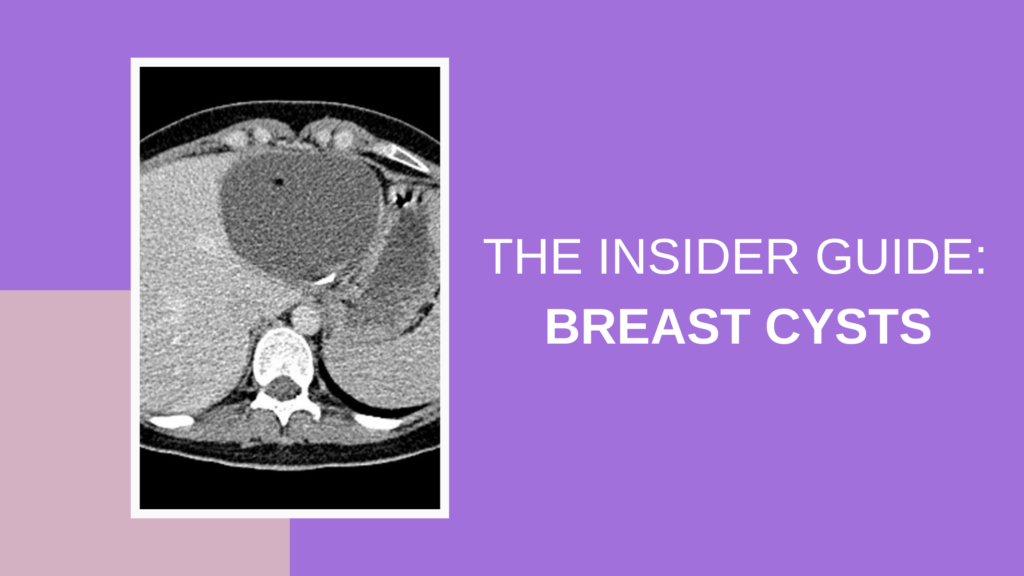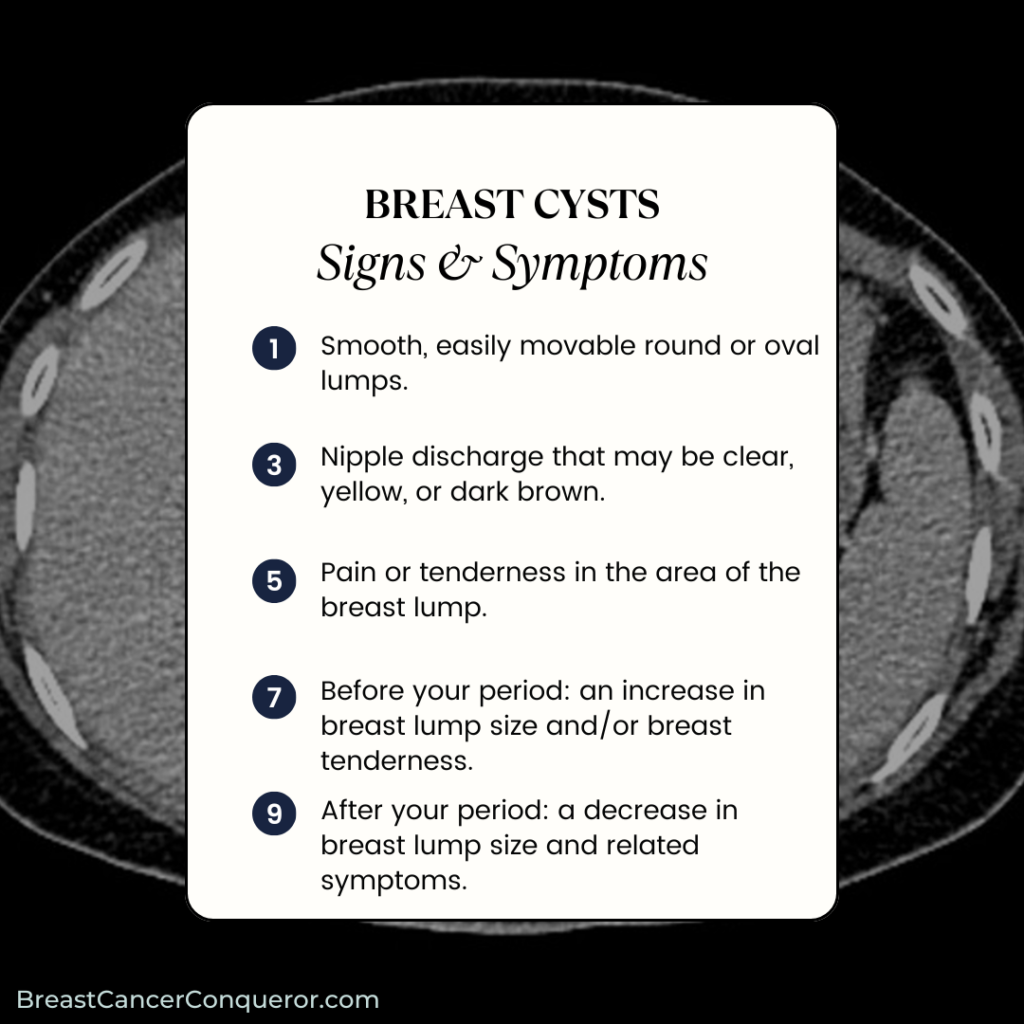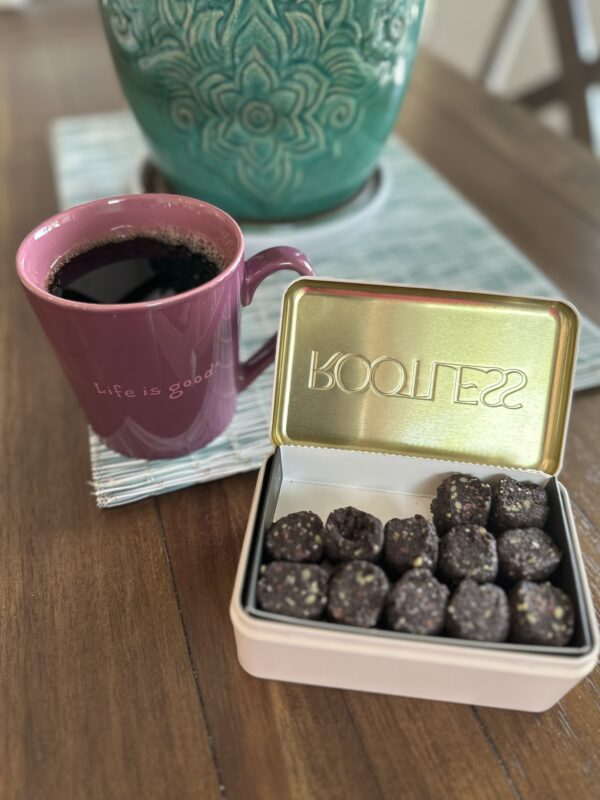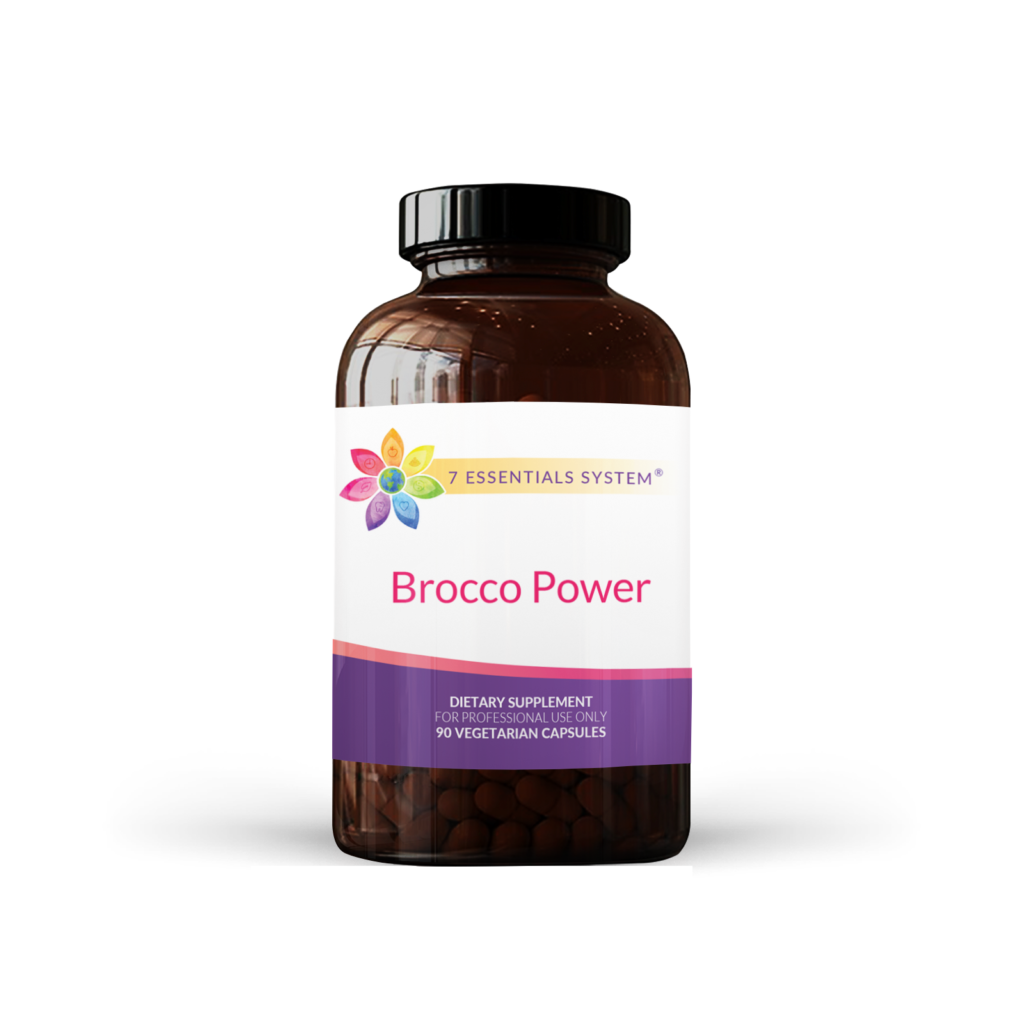

Most of the time, breast cysts are harmless and do NOT increase your risk of breast cancer.
Breast Cancer Conqueror is rooted in knowledge and empowerment so that you never have to fear breast cancer again. Therefore, breast cysts are things you should know about. Keep reading to learn about what breast cysts are, what they are not, and the next steps.
What are Breast Cysts?
Breast cysts are fluid-filled sacs inside your breasts that often feel like grapes and can be found in one or both breasts. They can be as small as the tip of a crayon or as big as a lime. About 7% of women will get them, and the most common between ages 30 and 50.
At this time, experts do not know the exact cause of cysts but are in agreement that it is connected to hormonal changes. This is because cysts can change during your menstrual cycle and are common in postmenopausal women using hormone therapy.
The three types of breast cysts:
- Simple cysts: About 90% are simple and 100% benign. They are made of smooth, thin, regularly shaped walls that are completely filled with fluid.
- Complicated cysts: Less than 2% of these cysts may be cancerous. They are fluid-filled but may have cloudiness or irregular borders.
- Complex cysts: Only 5% of cysts are complex, but out of that 5%, they have the highest rate of being cancerous, about 14-23%. They are made of scalloped borders and thick walls that contain fluid and have pockets of solid areas. Since up to 20% of cases may result in cancer, your provider should biopsy the tissue for further investigation.
Most cysts are microcysts and so tiny they can only be seen by ultrasound or a microscope. If you can feel them, they are called macrocysts.
Breast Cysts Signs and Symptoms
Below are a few things to keep an eye on. However, if you ever have any concerns about changes in your breast, please go straight to your doctor.

Conventional Breast Cyst Treatments
Most of the time, breast cysts are harmless and will simply go away on their own. If your cyst is uncomfortable, your doctor can drain the fluid with a needle. Your cyst will disappear, and your symptoms will usually resolve. You can also use a few natural remedies that are included at the end of this article. If the fluid comes back and becomes painful, you may need to do another draining or surgery in extreme cases.
What Breast Cysts are Not…
Now that you know what breast cysts are, let’s discuss a few similar breast conditions that could cause confusion. Breast cysts, DCIS, lumpy breasts, and fibrocystic breasts are all different issues. However, if you don’t know the difference, they could all get mixed up in the whirlwind a cancer diagnosis can cause.
Dense Breasts
Breast tissue consists of fatty, glandular, and fibrous tissue, and the amount of each can vary depending on the woman. When the amount of fatty tissue in a woman’s breasts is significantly lower than fibrous and/or glandular tissue, a physician may diagnose “Dense Breasts” or “Dense Breast Syndrome (DBS).” Around one-third of all breast cancers are found in women with dense breasts. The good news is that you have total control over the density of your breasts. Please read this blog post to learn how to take control of your breast density.
While they are different issues and not completely connected, you could experience a breast cyst and dense breast at the same time.
DCIS
Ductal carcinoma in situ (DCIS) shows up on a mammogram as calcium deposits. They appear as small clusters of calcifications that have irregular shapes and sizes. It is a prime example of OVER-diagnosis because The chances of developing breast cancer from DCIS are less than 1%! This leads to crippling fear, anxiety, and a significant cost to the patient’s finances and health. The worst part—is the “treatment for “stage zero” or “pre-cancer” can actually trigger the development of breast cancer. The treatment can sometimes be the cause of medically induced cancers. Please read this blog post to learn more about DCIS.
Fibrocystic Breast Syndrome
Fibrocystic breast syndrome is when your breasts become painful and lumpy or ropelike, and symptoms can heighten during the ovulation part of your cycle. Most of the time, the pain goes away as your period starts. The pain is often felt throughout the breasts, giving them a textured feel as multiple little bumps scattered throughout the tissue. Non-bloody, green, or dark brown nipple discharge can leak without pressure or squeezing.
Like cysts, fibrocystic breast changes occur mostly in women 30-50 years old and in women taking hormone replacements post-menopause. Lastly, just to be clear, Fibrocystic breasts are not associated with breast cancer.
Natural Medicine for Healthy Breasts
 You do have control over your breast health, and below are a few things that every woman should do for happy breasts.
You do have control over your breast health, and below are a few things that every woman should do for happy breasts.
Iodine
Iodine deficiencies can cause granular tissues, such as the thyroid, ovaries, and breast, to develop nodules and cysts. Over time, this may lead to hyperplasia, a sign of abnormal or precancerous changes in the cells. One of the root causes of my breast cancer was an iodine deficiency that led to thyroid issues.
Fluoride (learn about water filters and safer toothpaste), chlorine, and bromide all displace iodine in your cells, which is all the more reason to stay away from them. However, let’s be honest: we can’t live in a toxin-free bubble, which is why supplementing with iodine is critical for all women. Please learn more about iodine and how to test for it via this blog post. I also highly suggest eating the delicious little bites (especially the coconut chai flavor!) that Rootless provides and learning all about them via this podcast.
Cruciferous Vegetables
I know I sound like a broken record, but I really can’t stress enough the importance of eating cruciferous vegetables and taking Brocco Power. Broccoli is one of the most important cruciferous vegetables for destroying breast cancer—just ONE capsule of Brocco Power equals 500 grams (1 lb) of fresh broccoli! These vegetables are nature’s detoxifiers, tumor and cancer cell inhibitors, inflammation reducers, healthy cell supporters, and all-around breast cancer superheroes. Please learn more about why cruciferous vegetables are critical for healing and preventing recurrence via this blog post.

Vitamin E and Flaxseed Oil Capsules
Both have been found (please review this study) effective at reducing breast pain and decreasing nodularity.
Dandelion Leaf
Traditional Chinese medicine uses dandelion to decrease breast pain and swelling. When combined with all-trans retinoic acid (also known as tretinoin, retinoic acid, and vitamin A acid), it can induce cell death in human breast cancer cells. Please learn more via this study.
Phytolacca Americana
Topical use of Phytolacca Americana (pokeweed) has been shown to reduce painful breast lumps.
For more daily healthy breast education, please follow me on Instagram, Facebook, and YouTube.
Author: Dr. Veronique Desaulniers, better known as Dr. V, is a Doctor of Chiropractic & has 44 years of experience in the wellness industry. For personalized support, please partner with a trained Breast Cancer Conqueror Coach.
